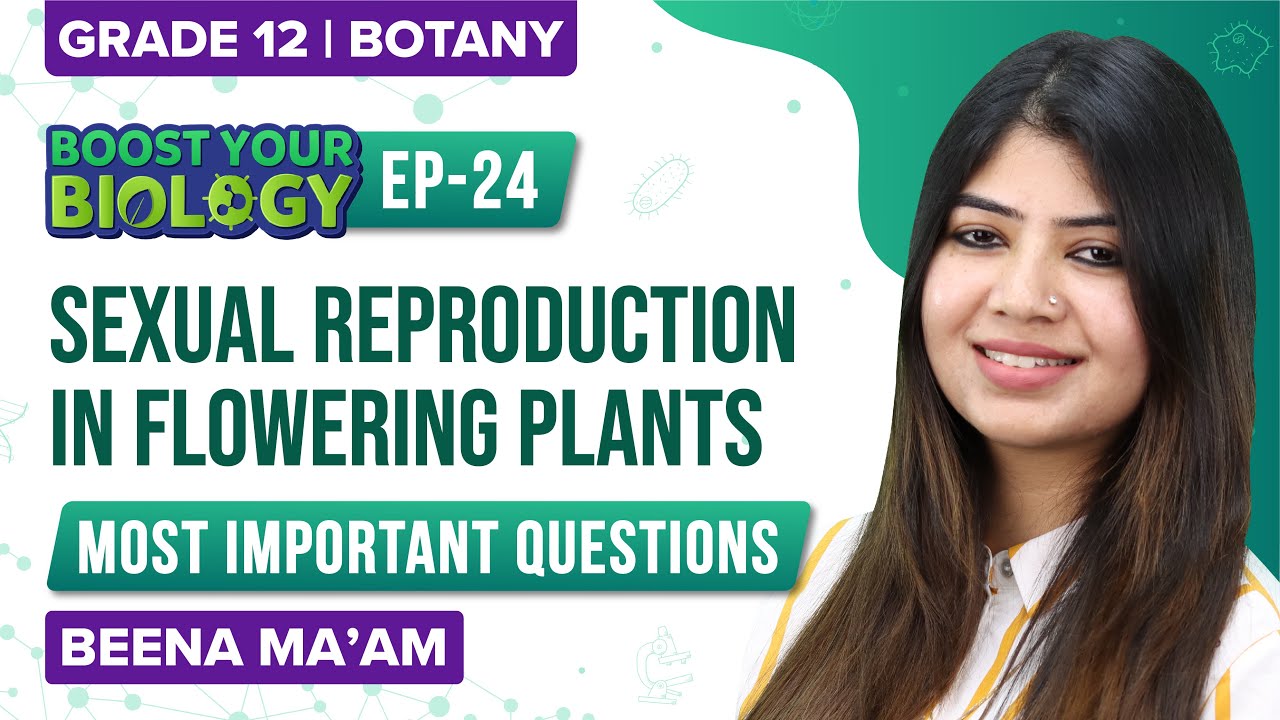Geitonogamy involves the transfer of pollen grains by a pollinator, from the anther of one flower to the stigma of another flower of the same plant.
There are three types of pollination based on the source of pollen grains. They are:
- Autogamy- It is a type of self-pollination wherein pollination occurs within the same flower. Cleistogamous flowers are exclusively autogamous.
- Geitonogamy- It is functionally cross-pollination. Pollinators are involved but pollen grains are genetically identical, similar to autogamy. In this type of pollination, pollination occurs within the same plant but transfer occurs between different flowers of the same plant.
- Xenogamy- It is a type of cross-pollination wherein pollination occurs between flowers of different plants. Genetically different pollen grains are transferred.
Let us learn more about geitonogamy.
What is Geitonogamy?
In geitonogamy the transfer of pollen grains from the anther of one flower to the stigma of another flower of the same plant takes place. As the pollen grains transferred are genetically similar, it is similar to autogamy. It is functionally cross-pollination because pollinating agents are required. It involves the transfer of genetically similar pollen grains to the stigma, hence offspring are similar to the parent and show less variation and lead to inbreeding depression.
Geitonogamy is common in wind-pollinated plants. Plants with unisexual flowers or monoecious plants show geitonogamy. Monoecious gymnosperms also show geitonogamy. Dioecious plants do not show geitonogamy because male and female reproductive parts are present in different plants.
This was in brief about Geitonogamy. Learn more about other related concepts for NEET, only at BYJU’S.
Recommended Video:
Sexual Reproduction in Flowering Plants Class 12 Biology | NEET 2022 Exam Important Questions

Also Check:
Comments